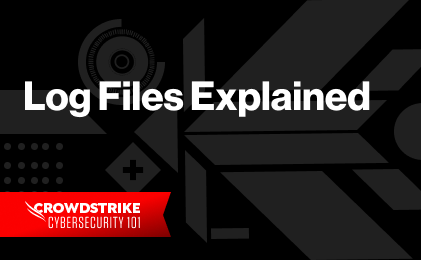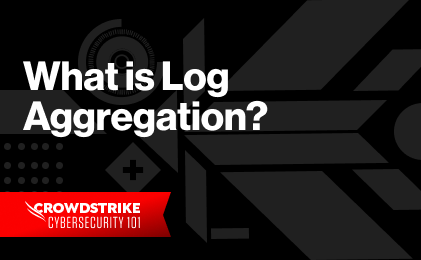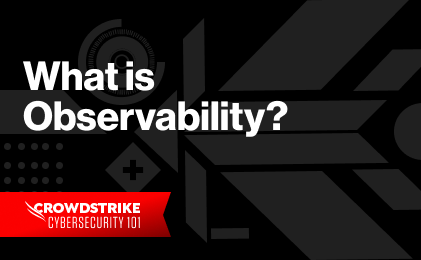What Is Infrastructure Monitoring?
Modern software applications must be reliable and resilient to meet clients’ needs worldwide. With Amazon averaging $10,000 in sales per second in 2020, even 30 seconds of downtime would have cost them hundreds of thousands of dollars.
For software to keep up with demand, infrastructure monitoring is crucial. It allows teams to collect operational and performance data from their systems to diagnose, fix, and improve them. Teams can combine this data into different dashboards and charts, further improving their visibility into their infrastructure.
Monitoring often includes physical servers, virtual machines, databases, network infrastructure, IoT devices, and more. Full-featured monitoring systems can also alert you when something is wrong in your infrastructure.
In this article, we’ll do a comprehensive survey of infrastructure monitoring, tackling the following questions:
- Why is infrastructure monitoring important?
- How does infrastructure monitoring work?
- What parts of your infrastructure should you monitor?
- What factors are important in an infrastructure monitoring platform?
Let’s begin.
Why is Infrastructure Monitoring Important?
System downtime or unavailability has a concrete business impact. Loss of user confidence leads to declining user numbers, and this ultimately results in the loss of revenue. Because your system’s overall readiness is critical, you need constant visibility into your system infrastructure to understand the present state of its health. Infrastructure monitoring provides you with the level of visibility you need.
Infrastructure monitoring allows administrative teams to see live information about how their systems are performing. Some of the metrics available include:
- Disk IOPs
- Network throughput
- Percentage of memory used
- Percentage of CPU used
- Current number of database connections
The collection of metrics provides business teams with a trend analysis of their system for better system capacity planning. System metrics can allow infrastructure teams to drive automated system scaling. For example, a system can be set to autoscale for additional compute resources once CPU usage surpasses a certain threshold.
At the end of the day, the data that comes out of infrastructure monitoring helps a business to plan for client demands, fulfill Service-Level Agreement (SLA) requirements, and meet client expectations.
While there are several concrete use cases for infrastructure monitoring, let’s focus specifically on troubleshooting, cost savings, and benchmarking.
Troubleshooting
Telemetry data can provide metrics and logs about high usage or low availability as they happen. This data can trigger load balancing systems to distribute the load to other servers available in a cluster. After this period of increased load subsides, you can analyze this data to better determine what caused the increase.
Cost savings
For example, database metrics give business teams insight into subscription requirements for systems. You can monitor a database to identify peak load times, finding potential solutions for cost savings. If you were to discover that a database is only under high load for three months out of the year, then an administrator could move the database to cheaper hosting options during the remaining nine months.
Benchmarking
Infrastructure monitoring over time provides the ability to build historical trends of application performance. The performance profile can include a plethora of information, including total client connections, peak load times, network latency, and more. Weekly or monthly metrics can identify significant deviations in application usage, prompting business teams to further investigate potential changes in consumer behavior.
How Does Infrastructure Monitoring Work?
Infrastructure monitoring depends on telemetry data flowing from target systems. While there are different types of telemetry data, typical sources are logs, metrics, events, and traces of the system. Together, all of this data can provide system observability.
Examples of telemetry data in action
Event-based information from logs allows engineers to identify the root cause of outages, such as a server running out of disk space.
Metrics—such as I/O per second, network throughput, or available disk space—are reported at regular intervals to fit monitoring goals for different teams. Selecting the right metrics to fit your use case is crucial. For example, databases with disk space metrics can alert administrators if a database is about to run out of space.
Traces provide data related to end-to-end transactions that traverse different parts of a system. For example, a trace can help you identify how a single API call from a client resulted in subsequent API or service calls, execution of functions, and database transactions.
All of this live information is actively parsed, indexed, and stored in a monitoring solution accessible by business teams. Users can query and aggregate information into dashboards to report comprehensible system statuses.
Telemetry data collection
In order for a monitoring solution to function, it needs to receive data about a system. Typically, data collection takes one of two forms.
One approach to data collection uses the installation of agents on each target system. An agent is a lightweight software layer used to collect relevant telemetry data about the state of the system. The usage of agents makes for a strong, secure approach. However, they must be managed and installed on each system and may not be suitable in some cloud environments. It’s recommended that you automate the update process of these agents, possibly via a CI/CD pipeline.
The other approach to data collection is agentless. This approach typically requires a system to send data to a monitoring solution or the monitoring solution to pull/scrape this data from the system. The agentless approach is better suited for servers, removing the need to maintain agents on each system. However, the system details collected in this monitoring approach tend to be less comprehensive.
A mix of approaches—some with agents and some without—is ideal. However, the exact configuration would be specific to your use case.
What Parts of Your Infrastructure Should You Monitor?
Identifying which parts of your infrastructure to monitor depends on factors such as SLA requirements, system location, and complexity. Google has its Four Golden Signals, which can help your team narrow down important metrics. You can monitor most on-premise systems quite easily. However, cloud providers may restrict what hosted systems you can monitor. Most providers will allow access to system metrics, logs, and events. Anything beyond that may be inaccessible. Some parts of your infrastructure to monitor include:
- Servers and their components
- Network layers and devices
- Firewalls and API gateways
- Load balancers
- Block storage systems or object storage systems
- Database instances
- Containers and container orchestrators
Common systems monitoring metrics include:
- Low memory
- Low disk space
- High CPU usage warnings
- Excessive connection requests
- Slow transactions
- High network latency
- Excessive failed requests
- Dropped or lost network packets
- Timeout warnings
- Excess containers scheduled in a cluster environment
- Backup statuses of servers and databases
This list of metrics for each system isn’t exhaustive. Rather, you should determine your business requirements and expectations for different parts of the infrastructure. These baselines will help you better understand what metrics should be monitored and establish guidelines for setting alerting thresholds.
What Factors Are Important in an Infrastructure Monitoring Platform?
Effective and reliable infrastructure monitoring solutions generally have these common features. Let’s review them one at a time.
Ease of installation and management
SaaS solutions offload the setup, security, and maintenance of a monitoring platform to a vendor. This enables business teams to prioritize their focus on the system itself. Deep integration with system components is crucial to providing lightweight monitoring and accurate system data in a timely manner. Data privacy is also an important concern, and many organizations will require a platform that can sanitize sensitive information as it comes in.
High performance
A comprehensively monitored system will result in quickly collecting and exporting a high volume of data. Therefore, the monitoring platform must be capable of high-speed ingest and processing of this volume. Only this level of performance can provide an incident response team with relevant up-to-the-minute information on systems. Coupling this performance with features like alerting can ensure that any indication of system unhealthiness is promptly detected and addressed.
Advanced data analysis tools
A robust infrastructure monitoring solution needs to include tools to help business teams customize their interaction with the data. Filtering, search, correlation, and aggregation features find relationships in data to identify potential issues. Combining these features into dashboards and trend analysis empowers teams with the information they need to understand system health.
Discover the world’s leading AI-native platform for next-gen SIEM and log management
Elevate your cybersecurity with the CrowdStrike Falcon® platform, the premier AI-native platform for SIEM and log management. Experience security logging at a petabyte scale, choosing between cloud-native or self-hosted deployment options. Log your data with a powerful, index-free architecture, without bottlenecks, allowing threat hunting with over 1 PB of data ingestion per day. Ensure real-time search capabilities to outpace adversaries, achieving sub-second latency for complex queries. Benefit from 360-degree visibility, consolidating data to break down silos and enabling security, IT, and DevOps teams to hunt threats, monitor performance, and ensure compliance seamlessly across 3 billion events in less than 1 second.


